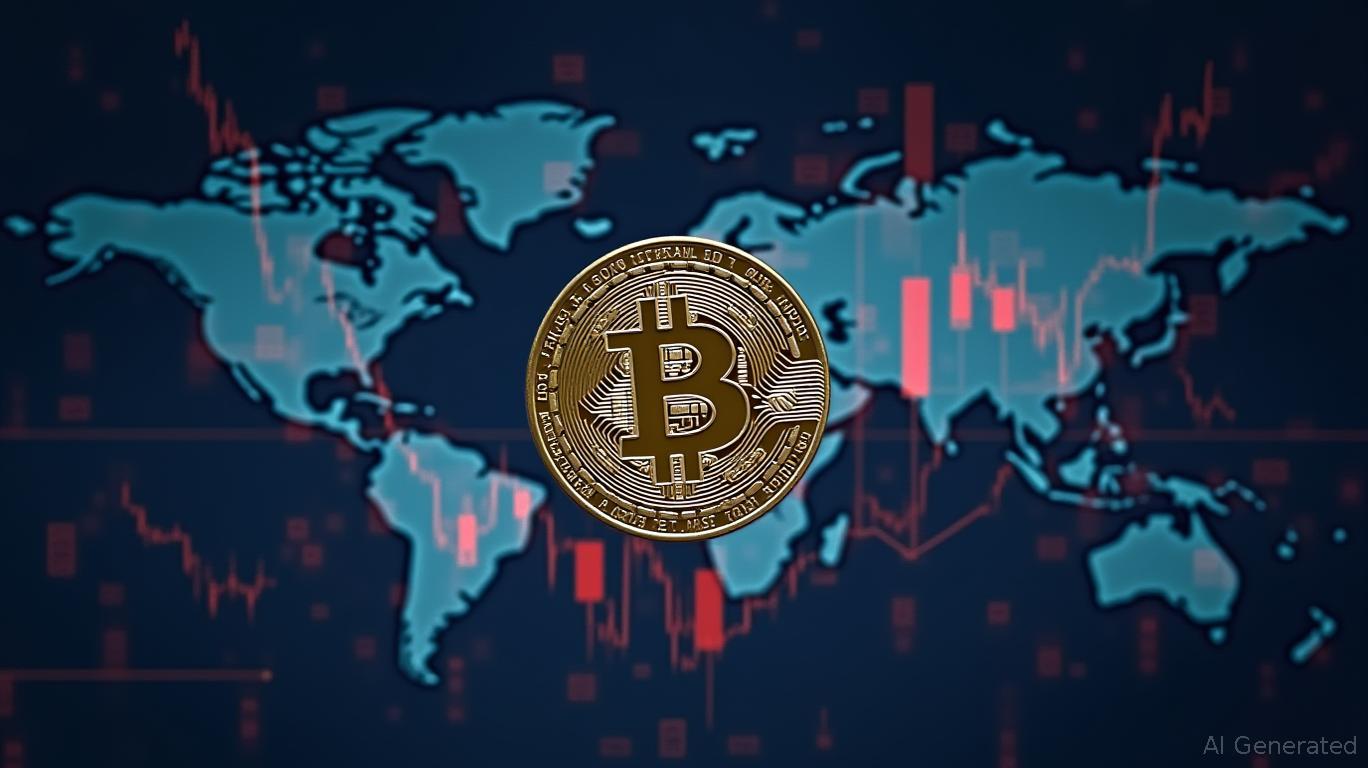GMGN's MEV Protection Compromise Ignites Discussion on DeFi Safety
- GMGN refuted theft rumors and confirmed no user funds were compromised after a security audit, emphasizing platform safety. - The platform fully reimbursed 729 affected users within hours following a MEV sandwich attack on October 25. - MEV attacks exploit transaction ordering vulnerabilities, prompting GMGN to investigate and improve DeFi security measures. - Industry experts highlight growing MEV risks in DeFi, while GMGN's transparent response reinforced user trust in its protocols.
GMGN Addresses Theft Allegations, Affirms Platform Safety and User Compensation After MEV Incident
On October 28, GMGN responded to circulating misinformation about a supposed platform breach and user fund losses, clarifying through a social media update that a

The company further revealed that it had
Sandwich attacks, a type of MEV exploitation, use bots to execute trades before and after a user’s transaction to influence prices. Although GMGN had implemented anti-sandwich protections, this event exposed persistent security challenges in DeFi. The platform is currently analyzing the underlying cause and the full impact of the incident.
Experts in the field note that MEV attacks are becoming more frequent as DeFi protocols face increasingly complex threats. While MEV activities are allowed on many platforms, their effect on user confidence and experience remains a topic of debate. GMGN’s swift action, including full reimbursement and transparent communication, reflects a broader industry push to address DeFi risks.
GMGN reiterated its dedication to maintaining user confidence, emphasizing again that there are "no security vulnerabilities" and that user assets are "secure." Nonetheless, the situation highlights the ongoing need for advancements in blockchain security as malicious actors develop more sophisticated methods.
Disclaimer: The content of this article solely reflects the author's opinion and does not represent the platform in any capacity. This article is not intended to serve as a reference for making investment decisions.
You may also like
U.S. and Vietnam Sign Trade Agreement to Offset China and Adjust Trade Relations
- U.S. and Vietnam finalize trade framework to boost commerce, reduce $123.5B deficit, and address market access barriers under Trump's Southeast Asia strategy. - Agreement includes Vietnam lowering tariffs on U.S. industrial/agricultural goods, U.S. granting duty-free access to select products, and resolving non-tariff barriers like vehicle standards. - Mixed market reactions emerge as U.S. agribusiness benefits but Vietnamese-sourced companies face Trump's 20-40% tariffs, complicating supply chains and c

Bitcoin Market Update: Institutional Investments and Easing Inflation Help Steady Crypto Investor Confidence
- Crypto Fear & Greed Index rose to 50 (neutral) on Oct 28, 2025, reversing from "extreme fear" due to institutional inflows and softer inflation data. - Fed policy shifts and Trump's pardon of Binance's Zhao drove Bitcoin's 3.5% weekly gain, while Ethereum faced $169M outflows. - U.S. led $843M crypto inflows, Germany recorded record $502M inflows, and Switzerland saw $359M outflows from provider transfers. - Bitcoin's $931M inflow boosted YTD totals to $30.2B, contrasting with altcoins like Solana ($29.4

Bitcoin Updates: October Sees Bitcoin ETF Investments Face Off Against Global and Economic Challenges
- Bitcoin's October underperformance, far below historical averages, raises concerns over geopolitical tensions and macroeconomic uncertainty. - U.S. spot Bitcoin ETF inflows, led by BlackRock, boosted prices above $126,000 despite volatile swings between $103,500 and $115,000. - U.S.-China trade developments and Fed policy shifts, including potential rate cuts, drive market sentiment and capital flows. - Ethereum faces outflows amid uncertainty over its post-merge roadmap, while altcoins see modest inflow

Bitcoin Updates: Investors Seize Strategic Opportunity as Market Sentiment Levels Off at Neutral
- Crypto Fear & Greed Index stabilizes at 50, marking a neutral stance after months of fear-driven volatility. - The shift reflects balanced investor sentiment, reducing panic selling and enabling strategic market analysis. - Calculated via metrics like volatility (25%), social media (15%), and Bitcoin dominance, the index signals reduced emotional trading. - Analysts highlight neutrality as a window for long-term accumulation but caution against complacency amid regulatory and macroeconomic risks.
